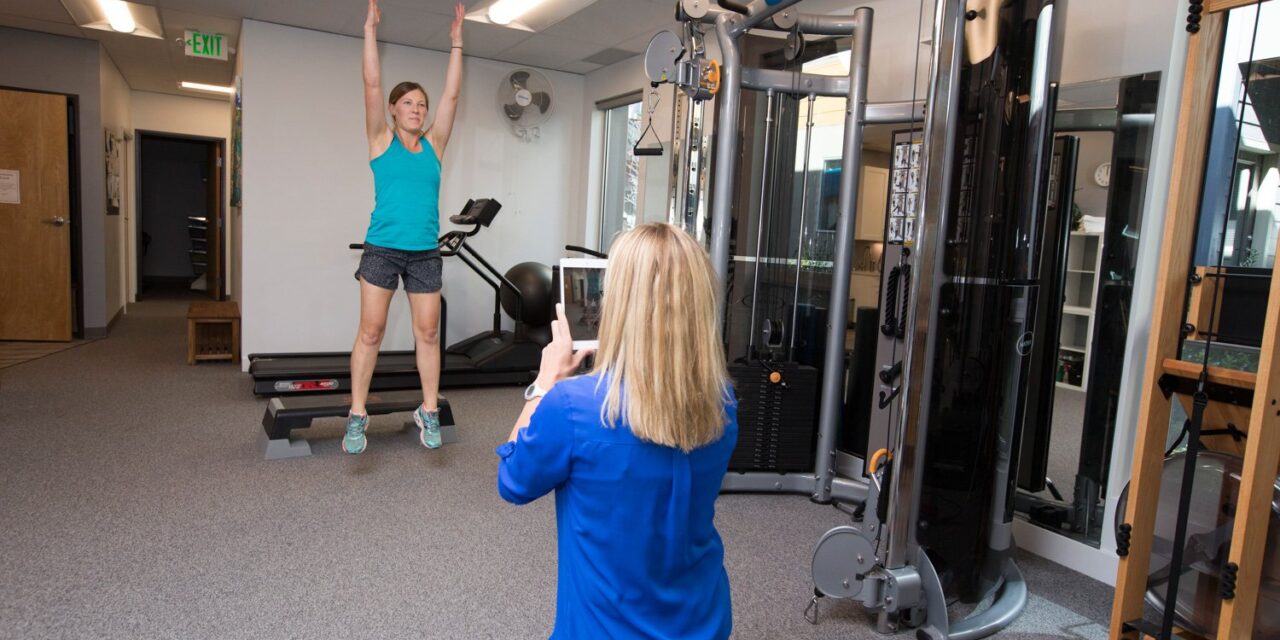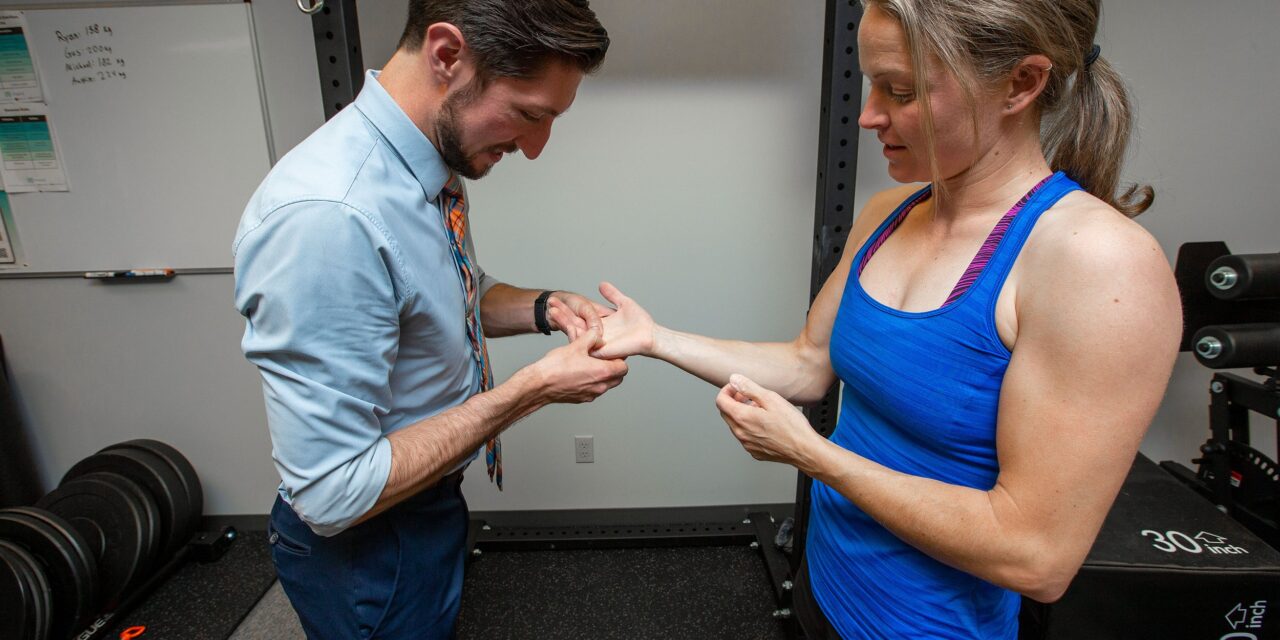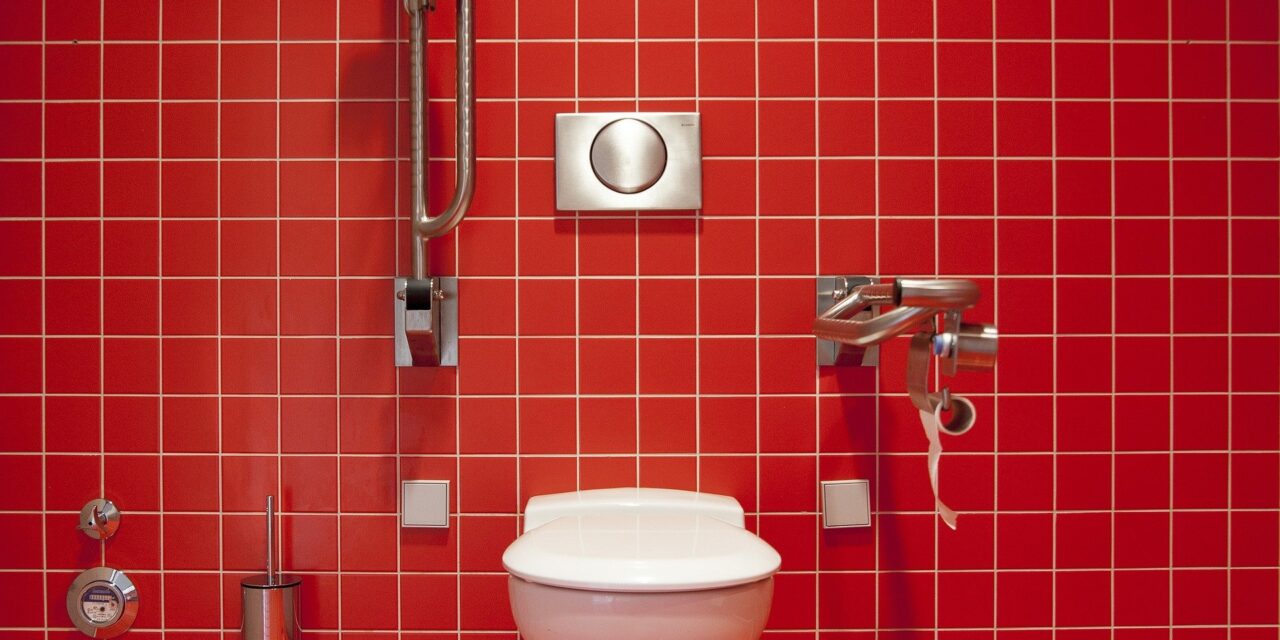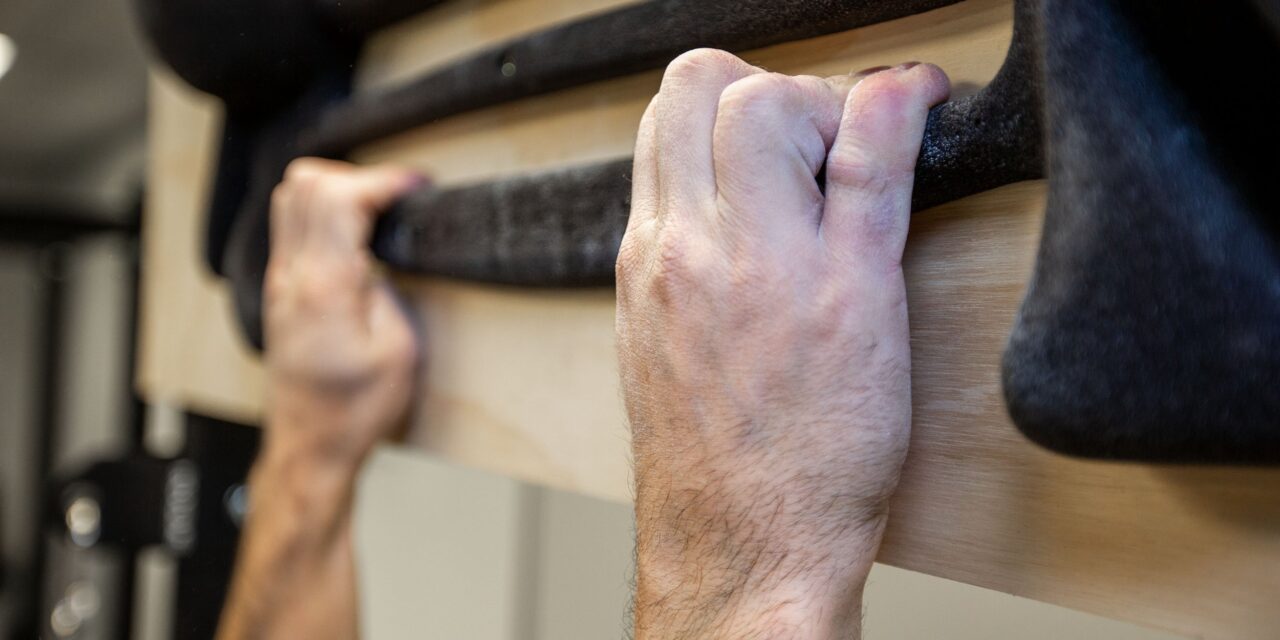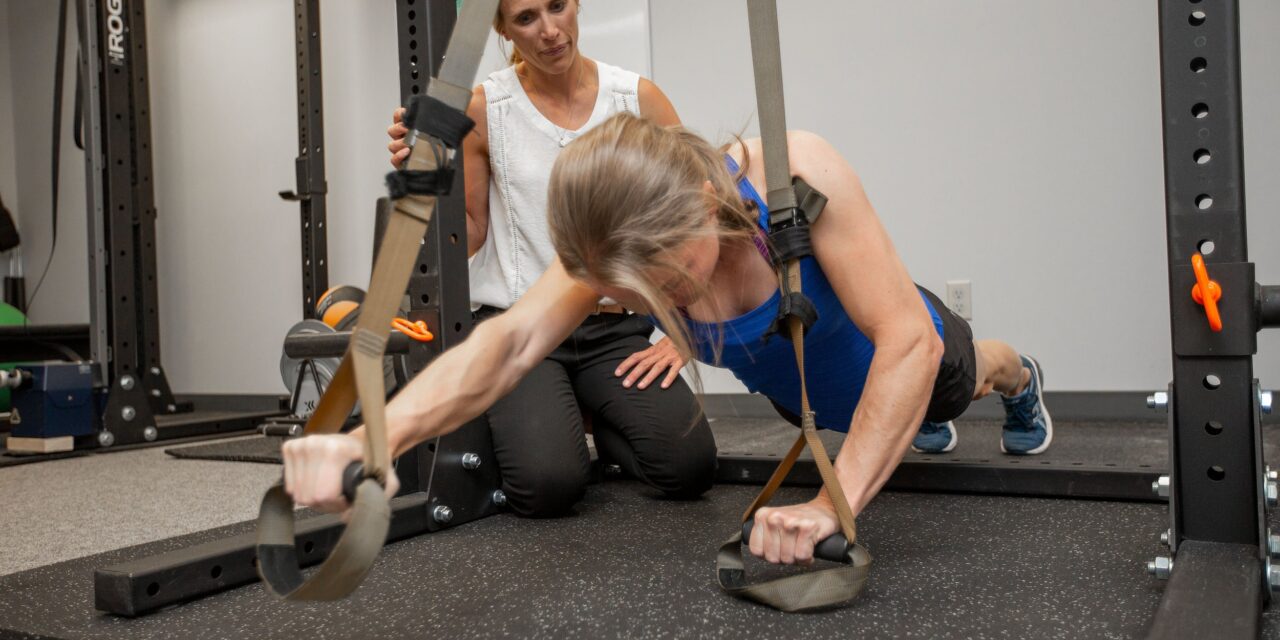Should I Contract My Pelvic Floor While Jumping?
Quick answer: NO. Often what is seen clinically in those who experience urine leakage with something like walking, running, or jumping movements, is that these individuals will begin to clench and contract their pelvic floor during these activities to try to prevent leakage. While that seems to make logical sense, this technique often doesn’t solve...

